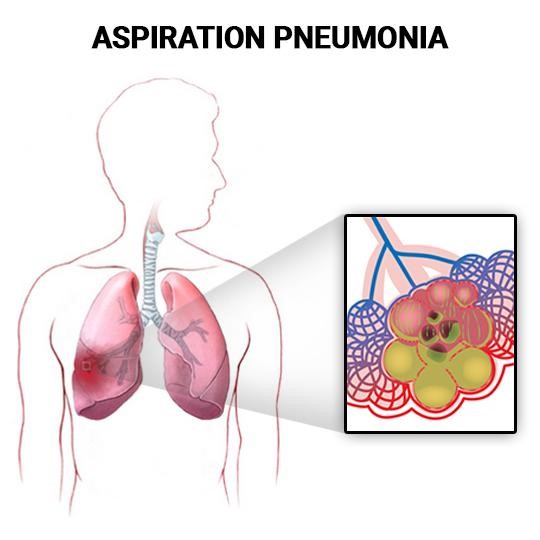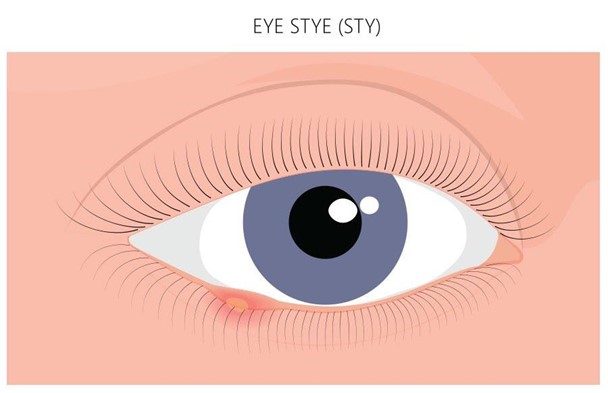A nurse is caring for a client who is postoperative from glaucoma surgery in the right eye. Which of the following will the nurse include in the postoperative education to the client? (Select all that apply.)
You will be able to drive home right after you have voided.
Lay on the right side when going to bed.
Report flashing lights.
Nap on your left side when you get home.
Avoid housework like vacuuming.
Flashes of light are normal.
Correct Answer : C,E,F
Choice A reason: This is incorrect because the nurse should not include this in the postoperative education to the client. The client should not drive home after glaucoma surgery, as they will have reduced vision and increased sensitivity to light in the operated eye. The nurse should advise the client to arrange for someone else to drive them home.
Choice B reason: This is incorrect because the nurse should not include this in the postoperative education to the client. The client should not lay on the right side when going to bed, as this can put pressure on the operated eye and increase the risk of bleeding or infection. The nurse should advise the client to sleep on their back or on their left side.
Choice C reason: This is correct because the nurse should include this in the postoperative education to the client. The client should report flashing lights, as this can indicate a complication such as retinal detachment or vitreous hemorrhage. The nurse should instruct the client to call the provider immediately if they see flashing lights.
Choice D reason: This is incorrect because the nurse should not include this in the postoperative education to the client. The client should not nap on their left side when they get home, as this can cause fluid accumulation and increased intraocular pressure in the operated eye. The nurse should advise the client to elevate their head at least 30 degrees when resting.
Choice E reason: This is correct because the nurse should include this in the postoperative education to
the client. The client should avoid housework like vacuuming, as this can cause bending, lifting, or straining that can increase intraocular pressure and affect wound healing. The nurse should advise the client to limit physical activity and follow the provider's instructions on when to resume normal activities.
Choice F reason: This is correct because the nurse should include this in the postoperative education to
the client. The client may see flashes of light in the operated eye, as this is a normal phenomenon caused by stimulation of the retina by gas bubbles or fluid shifts. The nurse should reassure the client that flashes of light are normal and will subside over time.
Nursing Test Bank
Naxlex Comprehensive Predictor Exams
Related Questions
Correct Answer is D
Explanation
Choice A Reason: This is incorrect because observing the client swallowing small sips of water before assisting with feeding may not reduce the risk of aspiration pneumonia. Water is a thin liquid that can easily enter the lungs if the client has impaired swallowing or cough reflexes. The nurse should assess the client's need for thickened liquids or pureed foods and use a swallow screening tool to determine the appropriate consistency and amount of food and fluids.
Choice B Reason: This is incorrect because turning on the television for the client during meals may increase the risk of aspiration pneumonia. Television can distract the client from focusing on chewing and swallowing and cause them to eat too fast or too much. The nurse should provide a quiet and calm environment for the client during meals and encourage them to eat slowly and carefully.
Choice C Reason: This is incorrect because instructing the client to tilt their head back while swallowing may increase the risk of aspiration pneumonia. Tilting the head back can open the airway and allow food or fluids to enter the lungs. The nurse should instruct the client to tilt their head forward or tuck their chin while swallowing, which can close the airway and prevent aspiration.
Choice D Reason: This is correct because sitting the client upright 90 degrees then assisting the client with feeding can reduce the risk of aspiration pneumonia. Sitting upright can help gravity move food and fluids down the esophagus and away from the lungs. The nurse should also keep the client upright for at least 30 minutes after eating and drinking to prevent regurgitation and aspiration.

Correct Answer is B
Explanation
Choice A Reason: An antifungal cream is not indicated for a sty, which is an infection of the eyelash follicle or sebaceous gland caused by bacteria.
Choice B Reason: This is the correct answer because warm compresses can help relieve pain and inflammation, and promote drainage of the sty.
Choice C Reason: Ice and cold compresses are not recommended for a sty, as they can constrict blood vessels and delay healing.
Choice D Reason: There is no need to test the other eye for vision loss, as a sty does not affect vision unless it is very large or obstructs the pupil.

Whether you are a student looking to ace your exams or a practicing nurse seeking to enhance your expertise , our nursing education contents will empower you with the confidence and competence to make a difference in the lives of patients and become a respected leader in the healthcare field.
Visit Naxlex, invest in your future and unlock endless possibilities with our unparalleled nursing education contents today
Report Wrong Answer on the Current Question
Do you disagree with the answer? If yes, what is your expected answer? Explain.
Kindly be descriptive with the issue you are facing.
